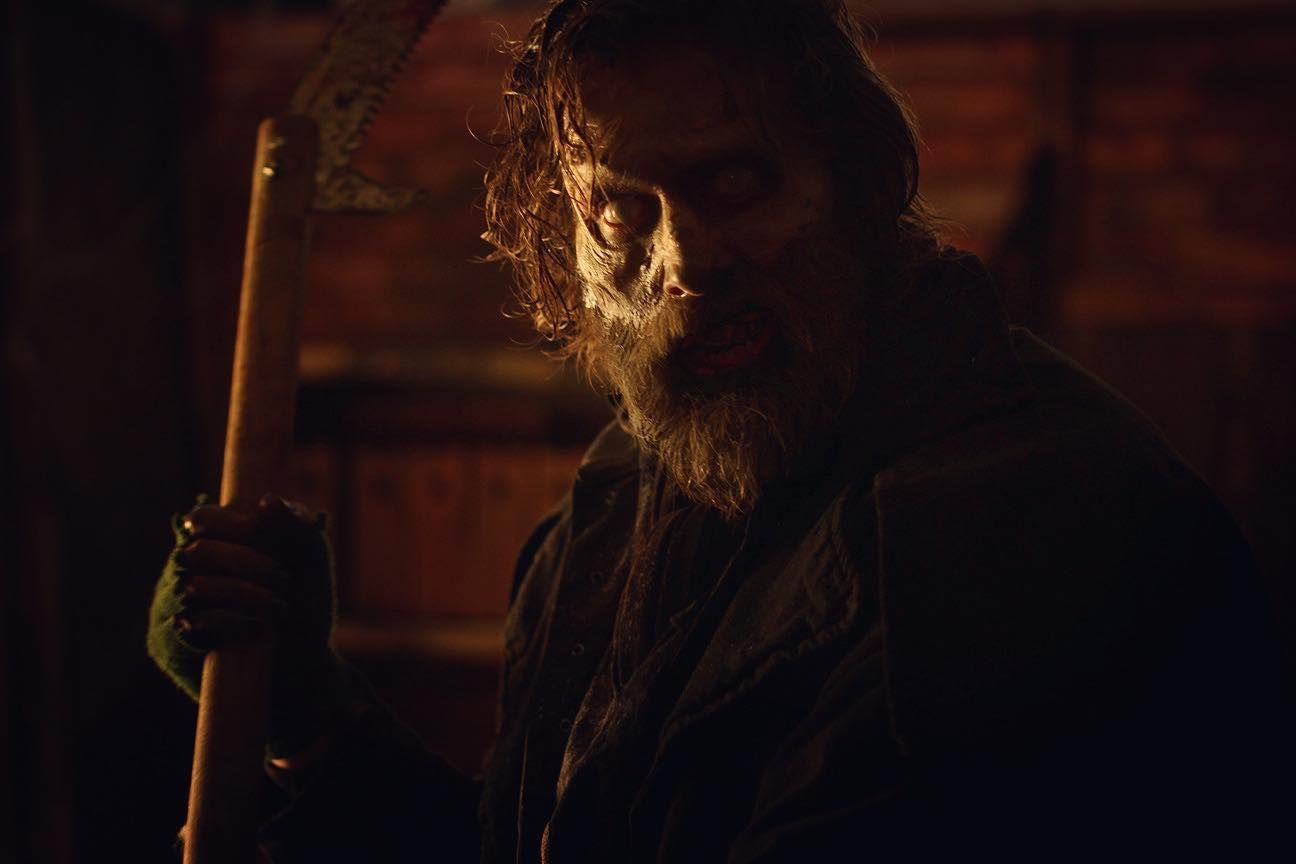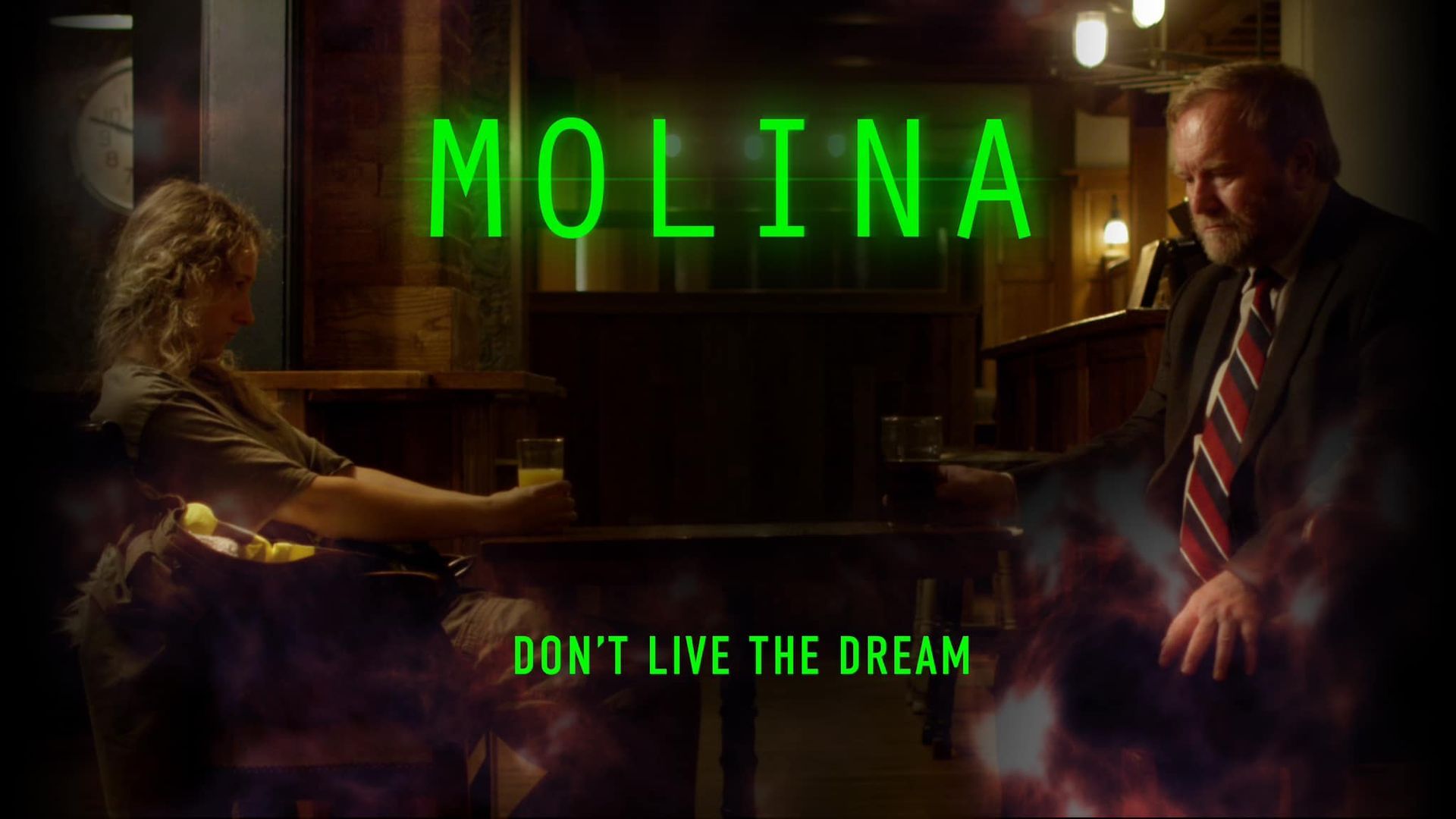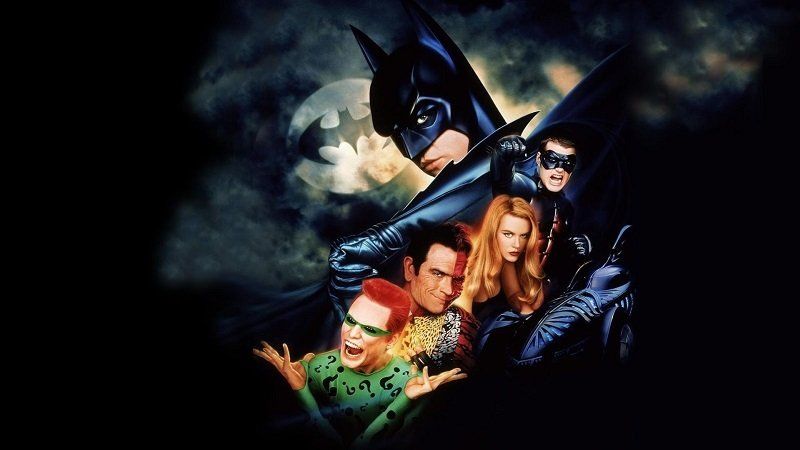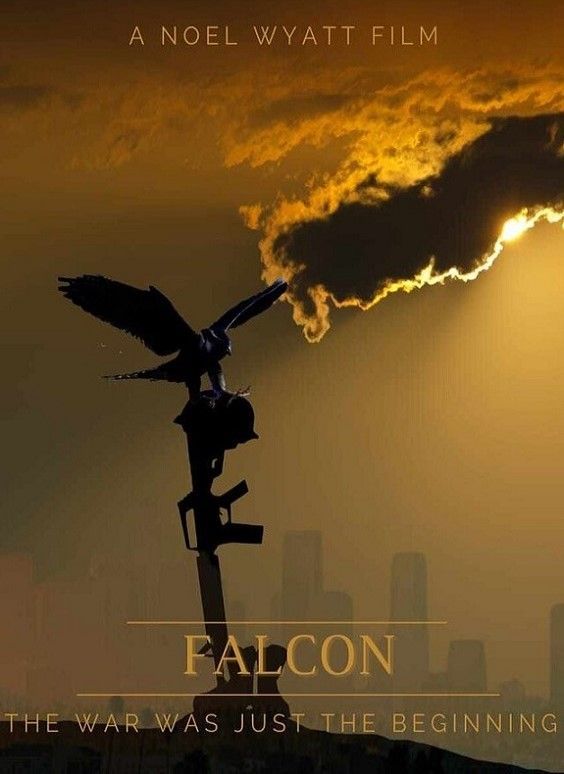10 More Historical Movies Filmed in the Midlands
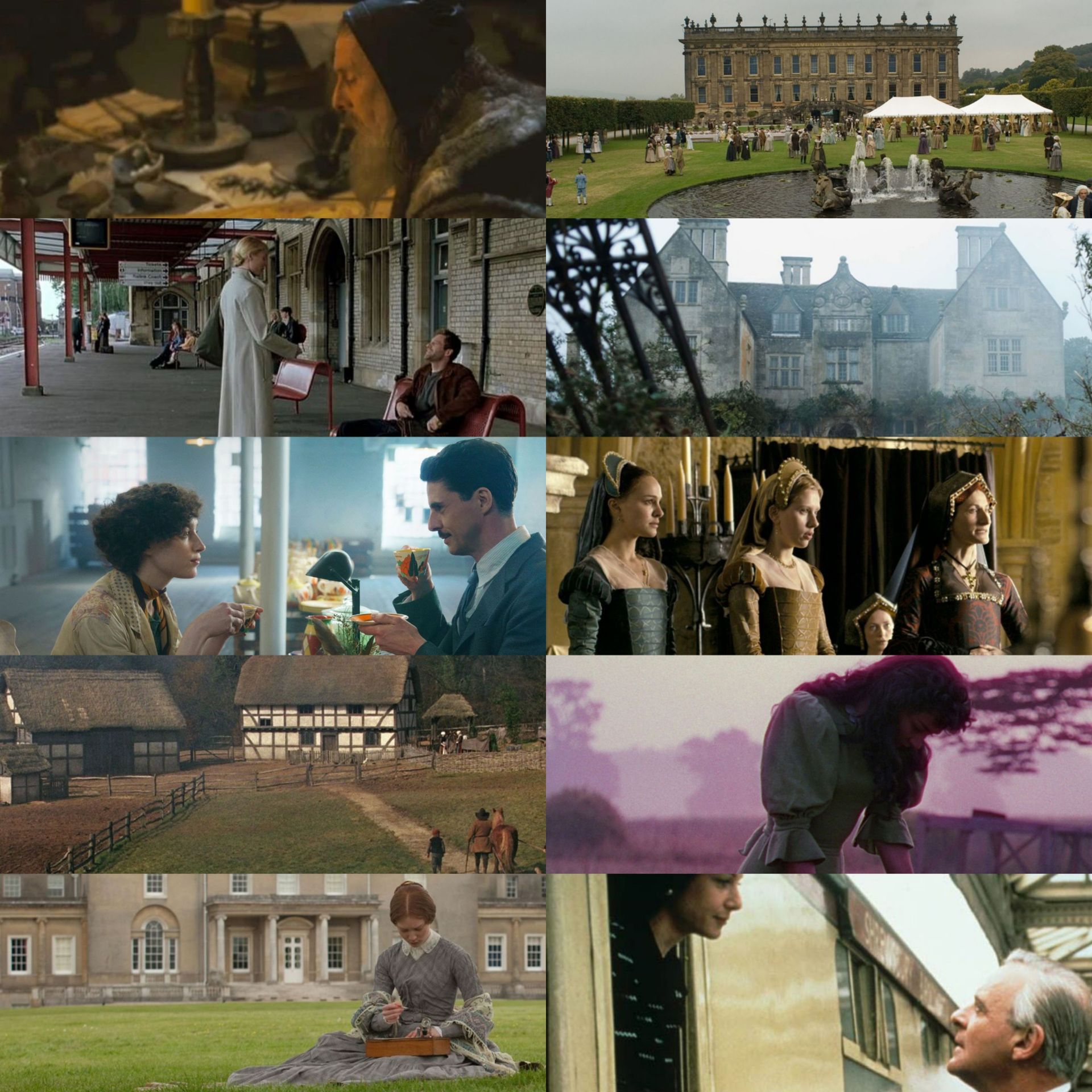
Following on from our recent feature on 10 historical movies that were filmed in the Midlands region, we've only gone and found another 10. These additional films have again used the fantastic archaic locations found across the whole Midlands to successfully recreate a multitude of stories from yesteryear. And many of which you can visit too if you're looking to embark on a film location pilgrimage!
In their productions, the filmmakers have used a variety of great old buildings as well as the many acres of rolling Midlands countryside, so without further ado, check out these 10 movies which tell tales of bygone times...

Shadowlands (1993) Directed by Richard Attenborough
Directed by our very own Leicester legend “Dickie” Attenborough, this 1993 BAFTA Award winner explores the life of author and academic C.S Lewis (Anthony Hopkins) and Jewish-American poet Joy Davidman (Debra Winger). The biographical drama delves deep into Lewis’ experience in dealing with her death from cancer and how this challenged his Christianity. Although set almost exclusively in Oxford with libraries and colleges providing appropriate educational locations, the railway station is our perennial favourite – the Great Central Railway line. In the film, the specific location is Loughborough station (pretending to be Oxford) which once again uses its historical look as an excellent period portrayal of the 1950s. The line is also used in Phil Collins’ great train robbery film Buster (1988) and you can find a breakdown of that film on our site here

The Other Boleyn Girl (2008) Directed by Justin Chadwick
With nine hundred years of history, Haddon Hall is set in the Peak District, Derbyshire in the valley of the River Wye and is one of the many locations used in this historical dramatisation of King Henry VIII and his relationship with the Boleyn sisters. Scarlett Johansson & Natalie Portman are Mary and Anne Boleyn respectively and the screenplay by Peter Morgan adapts Philippa Gregory’s successful 2001 novel with several houses being combined for the interior of the Boleyn home. Foremost, Haddon Hall with its Elizabethan rooms and Long Gallery provides the very authentic 16th century elements. Also used is North Lees Hall in the Peak District which has a Tower House dating from 1594, although it’s most famous for its association with Charlotte Bronte.
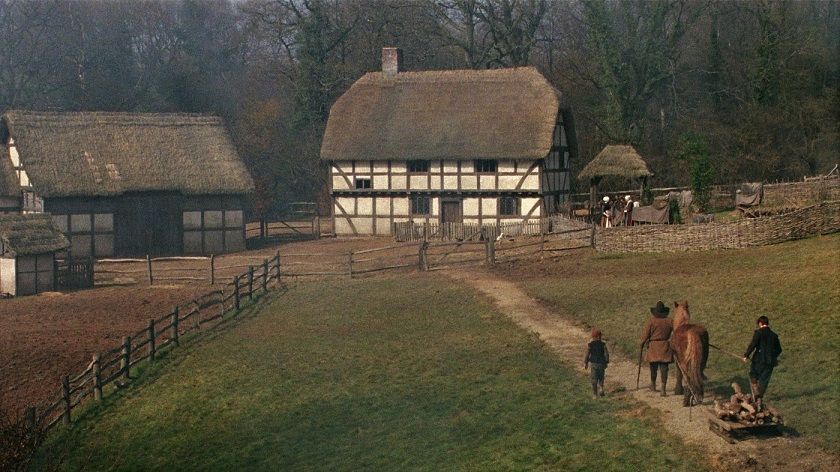
Fanny Lye Deliver'd (2019) Directed by Thomas Clay
An underseen gem, Fanny Lye Deliver'd is set in 1657 rural Shropshire in a post-civil war England where its protagonist (Maxine Peake) attends to her Puritan husband played by Charles Dance. But when two radical fugitives arrive, Fanny begins to question the decisions made in her life. Fanny Lye was shot in late 2015 in sodden Shropshire but wasn’t released until late 2019 and was filmed with custom-built period farm buildings. Sadly, the wild weather of the West caused flooding and Charles Dance remarked it was an “extraordinary vision and a wonderful script…but the decision to film in March and shoot in natural light is either very brave or misguided. The jury’s out on that.” Check our review here

The Colour Room (2021) Directed by Claire McCarthy
Based on the life of 1920s/30s ceramic artist Clarice Cliff, Phoebe Dynevor takes centre stage in this biographical movie made in the area the actual story takes place. Two Stoke-on-Trent potteries – the Gladstone Pottery Museum in Longton and Middleport Pottery in Burslem – replace the real Wilkinson Pottery building which was demolished in the 1990s. Birmingham’s open-air Black Country Living Museum in Dudley also appears, in a scene when Cliff’s future husband Colley Shorter (Matthew Goode) escorts her home after a party. Check our review here
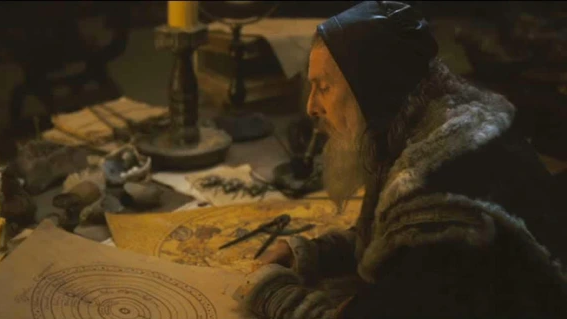
Elizabeth: The Golden Age (2007) Directed by Shekhar Kapur
Shekhar Kapur’s sequel reunites him with Oscar-nominated Cate Blanchett as Elizabeth I as we explore the latter part of the reign of the famous monarch. Also returning is Geoffrey Rush and they are joined by Clive Owen, Jordi Mollà, Abbie Cornish and Samantha Morton with the sumptuous period outfits helping the film win Best Costume Design at the 80th Academy Awards. Baddesley Clinton in Warwickshire was used as Sir Walter Raleigh's house exteriors whilst the opulent Burghley House in Stamford, Lincolnshire acted as John Dee's house exterior, part of a London alley and even a Paris street scene.

The Duchess (2008) Directed by Saul Dibb
Diana Princess of Wales was the great-great-grandniece of the Duchess of Devonshire (Lady Georgiana Spencer) and the ancient seat of this dynasty is Althorp in Northamptonshire. With Keira Knightley as the late 18th-century aristocrat, the estate is actually represented in the movie by Kedleston Hall, near Quarndon, Derbyshire. From the house’s South Front to the Kedleston’s Library, the National Trust property is used extensively with the library’s marble-columned dining room standing in as the Duke of Devonshire’s dining room and is even used again as a separate house when the characters go to Bath. Funnily enough, the real estate of the Dukes of Devonshire is Chatsworth House in Derbyshire and it was here is where the wedding was filmed.

Gone to Earth (1950) Directed by Michael Powell and Emeric Pressburger
Gone to Earth is a lesser-known film from the director/writer team of Michael Powell and Emeric Pressburger. Starring Jennifer Jones, David Farrar, Cyril Cusack and Esmond Knight, it’s based on the 1917 novel by Mary Webb and follows a “child of nature in the 1897 Shropshire countryside who seems to understand the wild animals more than she does the people around her”. Filming began in August 1949 at Shepperton but was mostly shot on location around the town and surrounding countryside of Much Wenlock in Shropshire. It’s been said many locals were recruited as extras, including the choir from a local church. Additionally, the John Cleese comedy Clockwise (1986) was partly filmed in and around the town too.

Possession (2002) Directed by Neil LaBute
A bit of a sneaky entry this one as this historical film has entwining plots that are set both in the present day and the Victorian era, contrasting two time periods but it’s only the modern part that was filmed in the Midlands (judge’s call: it’s allowed). Differing considerably from the 1990 novel it’s based on, it sees a pair of literary academics (Gwyneth Paltrow and Aaron Eckhart) unearth the secret love life of two Victorian poets only to find themselves falling under a similar passionate spell. One slightly less-than-glamorous location is Lincoln Train Station and as they research the paper trail of historical evidence, the Alfred Tennyson Building at the University of Lincoln plays a part in this academia-centred romance.
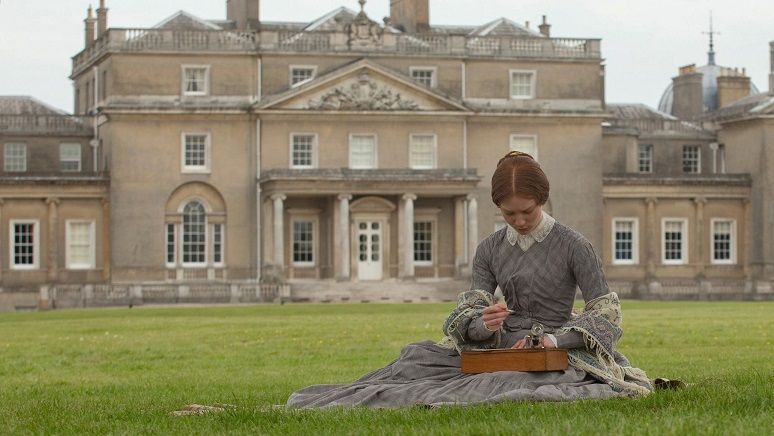
Jane Eyre (2011) Directed by Cary Fukunaga
This romantic drama stars Mia Wasikowska and Michael Fassbender and is based on Charlotte Brontë's 1847 novel and like many films on this list, the costume design of the movie was nominated for an Academy Award. Production began in March 2010 with various locations in Derbyshire and the surrounding Dales being utilised. The main ones being Chatsworth (again), Haddon Hall (again) and the village of Froggatt. Haddon Hall was also used in the 2006 BBC version of Jane Eyre, and in this film Jane and Rochester run through the entrance into the main Hall, whilst in the earlier BBC adaptation this doorway is where the couple kiss.

The Woman in Black (2012) Directed by James Watkins
Susan Hill's 1983 novel gets an adaptation by writer Jane Goldman and director James Watkins and serves as Daniel Radcliffe’s first post-Potter feature. Set in the early 20th Century, Radcliffe’s lawyer travels to a village where he finds a vengeful ghost terrorising locals. The “scary house” that features in the movie is Cotterstock Hall near the market town of Oundle in Northamptonshire. The Hall stands in for Eel Marsh House but had to be dressed for exterior shots, whilst interiors were filmed at Pinewood. The production spent days dressing the Gothic grounds in weeds and ivy (“it was kept in too good of a state by the owners!”) and a rain machine helped create a suitably spooky atmosphere. In the end, the location worked well, with the film grossing $130 million worldwide and leading to a (rather poor) sequel in 2015.
Michael Sales
